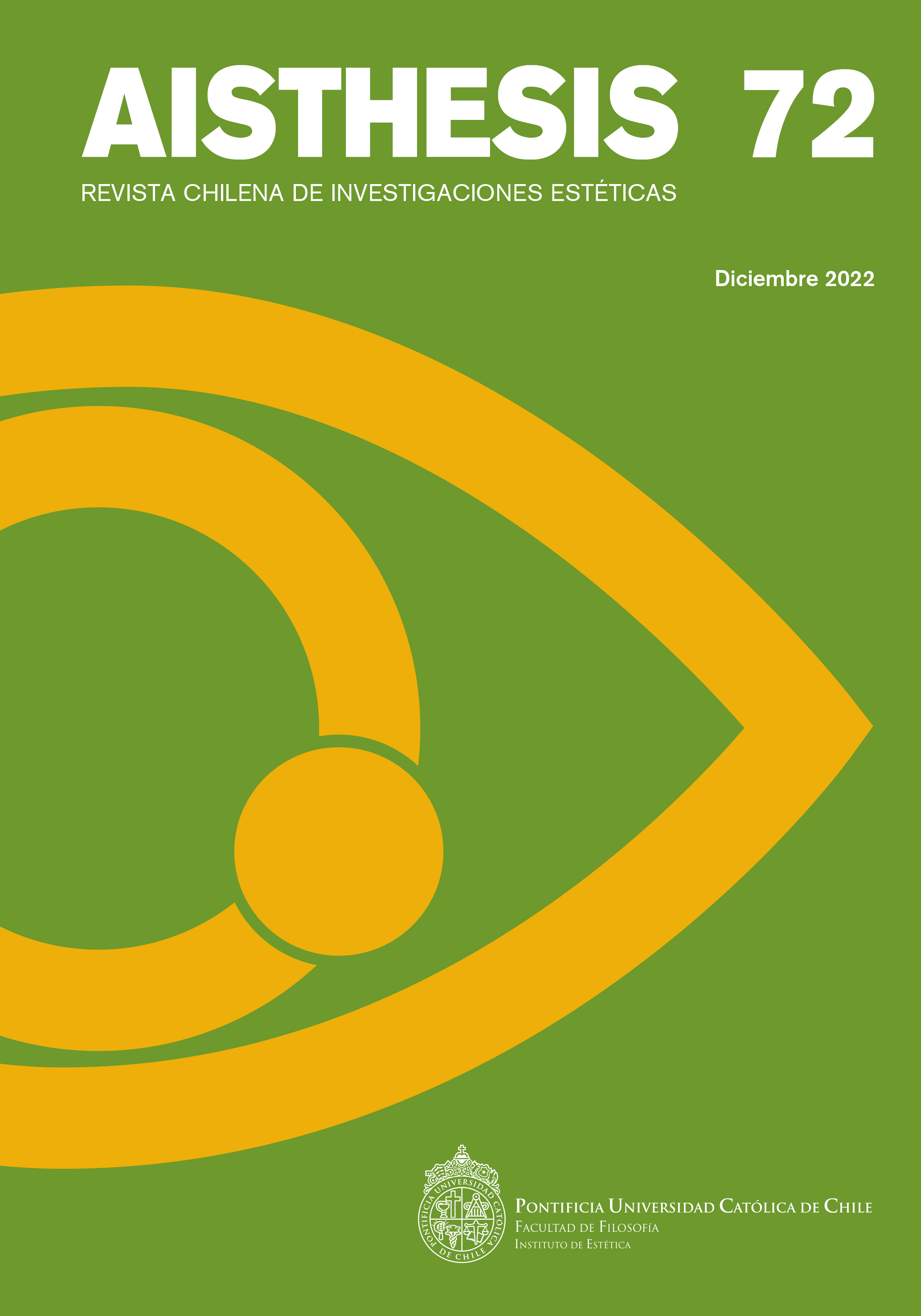Oteiza and the American Years: The Huidobro Plot
Main Article Content
Abstract
Jorge Oteiza (1908-2003) provided very little information about his years in Argentina, Chile, and Colombia, from 1935 to 1948. This paper analyzes the development of his aesthetic ideas from a close reading of his publications during the nineteen fourties, fifties and sixties and the documents preserved at the archive and library at Fundación Museo Jorge Oteiza (Alzuza, Navarra). Special emphasis is laid on Oteiza’s relationship with several American artists and Spanish refugees, in a fabric where the poet Viente Huidobro would stand as its core. His friendship with poets such as Pablo de Rokha, Pablo Neruda, and Juan Larrea is analyzed, as well as his research on pre-Columbian art and his attitude towards Mexican muralism and Torres García’s constructivism. As a result, on his return to the Basque Country he would build a new cultural paradigm that is highly indebted to his experiences in America, namely his acquaintance with nativism and a postcolonial perspective.
Downloads
Article Details

This work is licensed under a Creative Commons Attribution-NonCommercial-ShareAlike 4.0 International License.
All contents of this electronic edition are distributed under the Creative Commons license of "Attribución-shareAlike 4.0 Internacional" (CC-BY-SA). Any total or partial reproduction of the material must mention its origin.
The rights of academic works published in this publication belong to their authors., who grant to AISTHESIS: Revista Chilena de Investigaciones Estéticas the license for its use. The management of the permits and the authorization of the publication of the images (or of any material) that contains copyright and its consequent rights of reproduction in this publication is the sole responsibility of the authors of the articles
